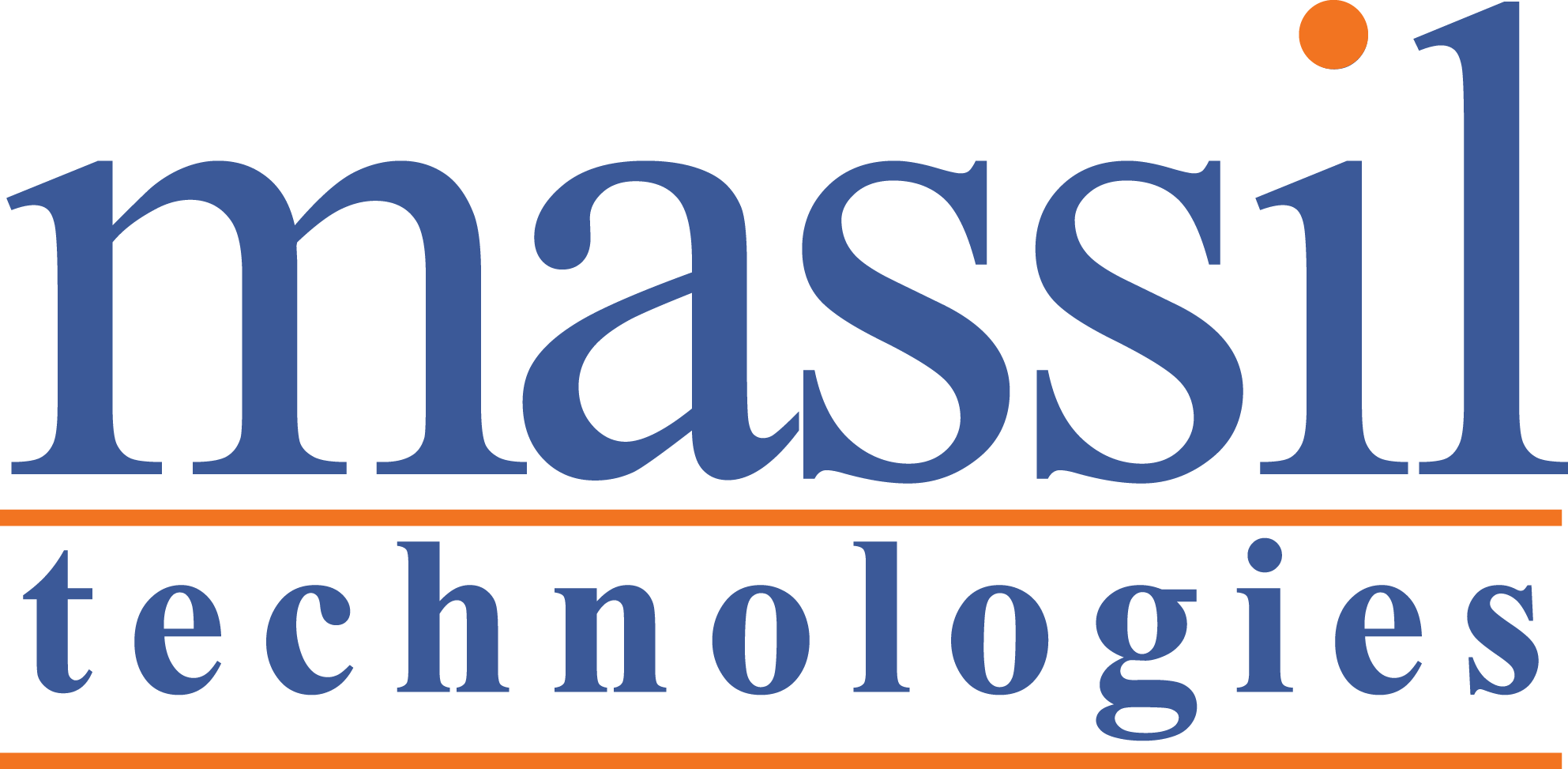
In today’s fast-paced digital world, the integration of various IT systems plays a pivotal role in the operational efficiency and innovation capabilities of businesses. However, integrating disparate IT systems can be fraught with challenges, ranging from technical hurdles to organizational roadblocks. Understanding and overcoming these challenges is crucial for successful IT system integration.
Identifying the Challenges
Technical Compatibility
One of the primary technical challenges in IT system integration is ensuring compatibility between different systems and technologies. Legacy systems, often built on outdated platforms, need to mesh seamlessly with modern, often cloud-based applications. This necessitates a deep understanding of both old and new technologies and often requires custom solutions to bridge the gap.
Data Migration and Integrity
Data is the lifeblood of any organization, and its migration during system integration must be handled with utmost care. Ensuring data integrity involves meticulous planning, mapping, and validation processes to ensure that no data is lost or corrupted and that it remains secure throughout the integration process.
Security Concerns
Integrating multiple IT systems introduces complex security challenges. Each system may have its own security protocols, and ensuring a unified, robust security posture across the integrated system is paramount. This includes protecting against data breaches, unauthorized access, and ensuring compliance with various data protection regulations.
Cultural and Organizational Resistance
Often overlooked, the cultural and organizational resistance to change can be a significant hurdle. Employees accustomed to a particular IT setup may resist new systems due to fear of the unknown or perceived increased complexity. Managing this change effectively is critical for the successful adoption of the integrated systems.
Strategies for Overcoming Challenges
Embracing Agile Methodology
Adopting an agile approach can significantly aid in IT system integration. This iterative method allows for flexible planning, progressive development, early deployment, and continuous improvement, making it easier to address issues as they arise and adapt to changing requirements.
Effective Data Management Strategies
A well-planned data migration strategy is crucial. This involves creating a comprehensive data map, using data migration tools, and conducting rigorous testing. Ensuring backup and recovery processes are in place is also essential for safeguarding data integrity.
Investing in Robust Security Measures
Integrating systems should not compromise security. Investing in advanced security solutions like unified threat management (UTM), multi-factor authentication, and regular security audits is vital. Additionally, compliance with standards like GDPR, HIPAA, or PCI-DSS, depending on the industry, is non-negotiable.
Fostering a Culture of Change
Managing the human element is as important as the technical aspects. This involves setting clear expectations, providing adequate training, and engaging in continuous communication to ease the transition. Encouraging employee participation in the integration process can also help in reducing resistance.
Partnering with Integration Experts
Sometimes, the best course of action is to seek external expertise. IT integration specialists can provide the necessary experience, tools, and methodologies to navigate complex integration scenarios, ensuring a smoother and more effective integration process.
Conclusion
Overcoming the challenges in IT system integration requires a balanced approach that addresses both technical and human factors. By adopting flexible methodologies, focusing on data integrity and security, and managing organizational change effectively, businesses can unlock the full potential of their integrated IT systems. While the road to successful integration may be fraught with challenges, the destination — a harmonious, efficient, and forward-looking IT ecosystem — is well worth the journey.
